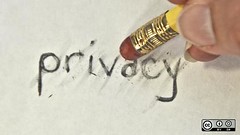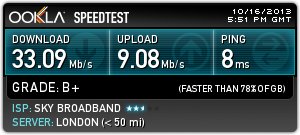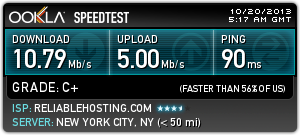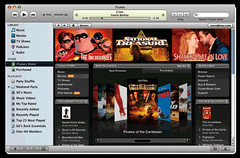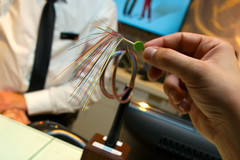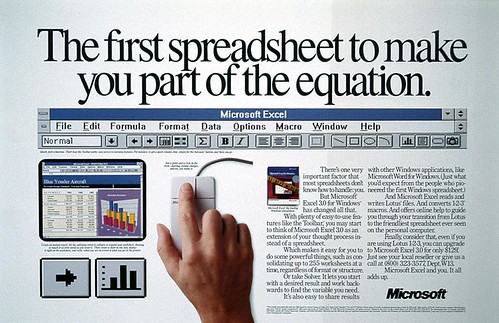Imagine with me. Imagine a world where all of the “stuff” I share on the internet is under my control. It is under my control because it “lives” on a server I control. Either that, or at a hosting provider I pay to host it. Or even perhaps at a 3rd party hoster. When I download an application to my mobile (like pintrest, instagram, etc…) instead of being asked to make an account with them, I’d enter a URL to my site and my credentials there. Then, the stuff I share would end up with that URL. Pintrest, instagram, facebook, etc… could get a pointer/link to my post at my site, but the actual thing lives there. Why isn’t this the case?
Currently, there’s no one way to post things online. The different content management systems (joomla, wordpress, etc…) all have different ways to login and different ways to post the content once you are logged in. How would the internet have been different if someone had developed a common “web” API where any application, when given the correct credentials, could post to a given URL. We–the creators of stuff–would then have much more control over our data.
Sure, not everyone can run their own server or want to pay for hosting (or could afford hosting). I think for those people, 3rd party services would have (or could) spring up. Each person would have their own home URL where they could post stuff to (think a facebook profile or google plus page).
Anyway, this is an idea I’ve been noodling through. What do you think?
Image from opensource.com via flickr
